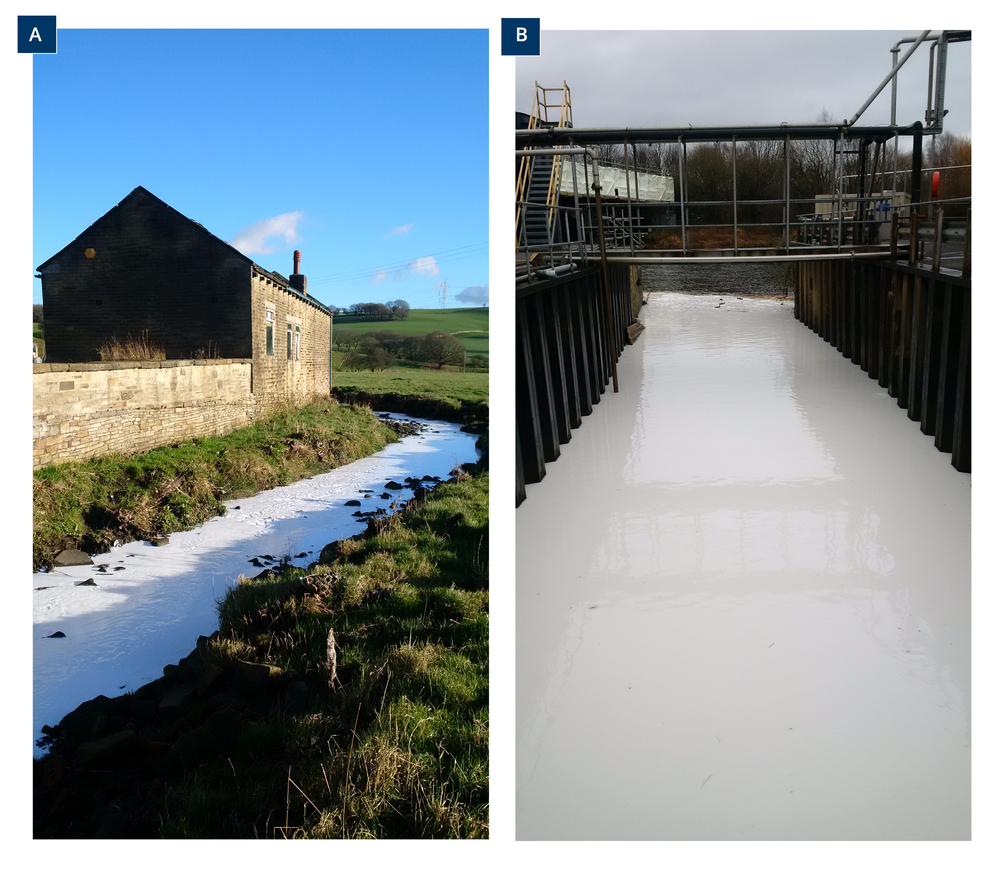Accidents will happen…
NanoFASE is developing a state-of-the-art integrated framework for assessing environmental release, fate and exposure for engineered nano materials. In dialogue with our Regulatory, Industry and Academic stakeholders, WP1 centres on developing the realism and pertinence of the NanoFASE case studies.
Says leader Alison Crossley (U.OXFD-DJ): "Taking accidental releases into account augments realism and is an area where NanoFASE can make a true difference to risk assessment."
Our NanoFASE International Advisory Board members close to industry have emphasised the importance (as with all chemicals) of considering the impacts of accidental release or illegal dumping of nano particles. In particular they have tasked us to determine whether current material safety data sheets could or should be adjusted if the material is in a nanoform. We won't know the answer to this until the NanoFASE experimental work packages complete their scientific studies; however a road traffic accident in northern England at the start of 2017 focussed our minds on such potential events. On this occasion 12 thousand litres of white paint were spilled from a lorry and thousands of litres entered the river system (Fig. 1).
We are investigating this spillage with a view notably to learning more about current procedures which are followed by the UK emergency services and Environment Agency. In this case the discharge was a water-soluble resin with an inorganic fraction of, we assumed, white pigment grade Titania – making it easy for regulators to follow the flow and dilution of the spilled paint.
NanoFASE WP2 leader Dr Stephen Lofts from the NERC Centre for Ecology and Hydrology also led a field campaign. Sediment and biota samples were taken along the course of the river shortly after the spill and again in July 2017, about six months later, in order to assess background levels and whether there has been any longer-term accumulation of titanium dioxide. We hope what we learn from this study will supplement our evidence-based outputs on related material in the nanoform.
 Figure 1. Photographs taken (A) near to spill site approximately 12 hours after the accident occurred, and (B) at confluence with larger river, 9 kilometres downstream, 36 hours after the spill. Photographs reproduced with permission from Peter Kirton, Environment Agency, UK; ©Environment Agency, January 2017.
Figure 1. Photographs taken (A) near to spill site approximately 12 hours after the accident occurred, and (B) at confluence with larger river, 9 kilometres downstream, 36 hours after the spill. Photographs reproduced with permission from Peter Kirton, Environment Agency, UK; ©Environment Agency, January 2017.
